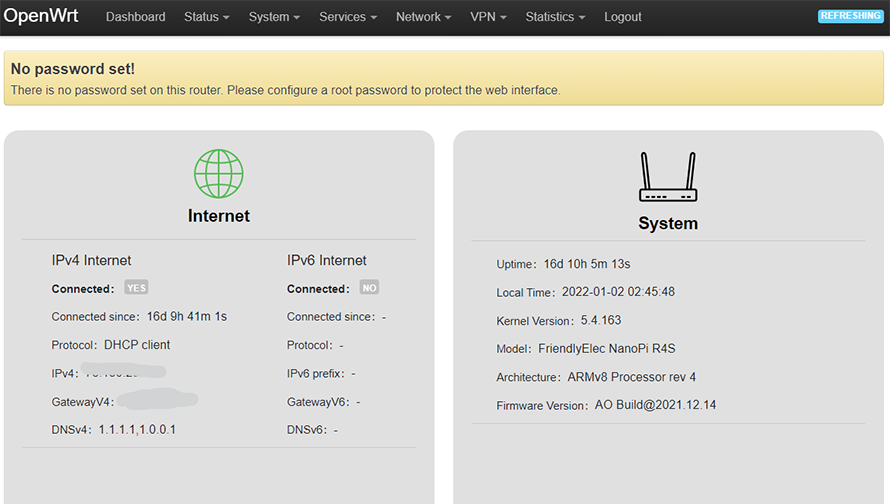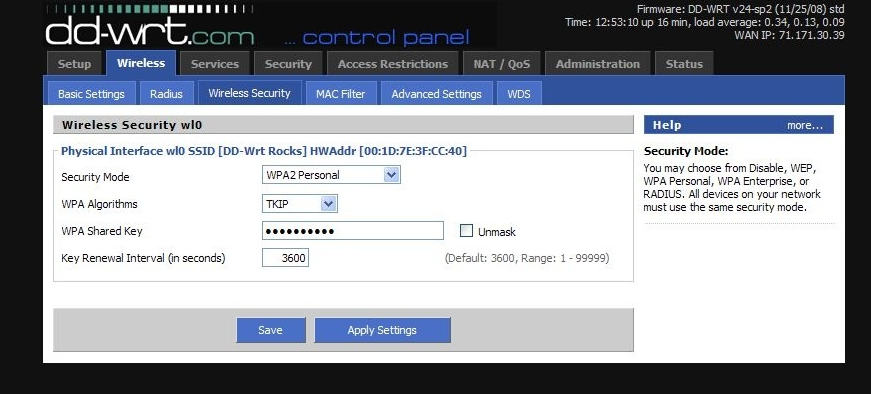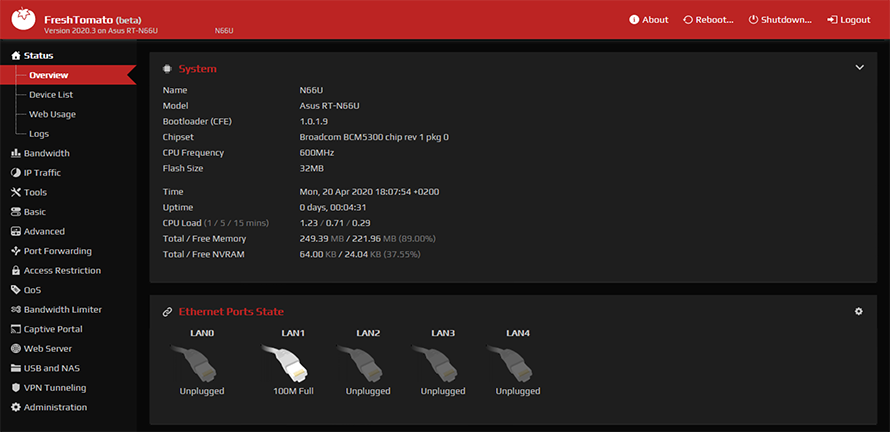DD-WRT Vs OpenWRT Vs Tomato – Choose Your WiFi Router Firmware

Our routers are gateways into the unknown, one of the many doors to the internet. Today’s routers double as modems and routers, with WiFi and LAN access. They are more complex than the routers of the early days, with long-range access and the ability to handle multiple inputs and outputs, otherwise known as MU-MIMO.
Routers come with some firmware stock from the manufacturer. The firmware is updated as often as the manufacturer can spare, but that is often not enough, certainly not for the Linux community.
Open-source router firmware is not a new invention, particularly to Linux users. Changing the firmware on your router to open-source firmware has many benefits like enabling long-range communication. Let us explore the most popular options, DD-WRT, OpenWRT and Tomato, their similarities and differences.
What is Custom Router Firmware?
The Linux community has always been pro-open source, which makes open-source router firmware a necessity rather than a commodity. OpenWRT and DD-WRT are different projects that focus on similar goals. They have support for various wireless routers, custom-built firmware which allows a power user to have more control over their router.
Notably, the operating system is not tied to router firmware, but most of the development stems from Linux and open-source users.
DD-WRT is a project that focuses on delivering stable firmware for various routers. DD-WRT is the only of the three projects that has a separate professional license, meant for commercial usage, companies and businesses which want a more robust solution and better support.
OpenWRT, on the other hand, offers support for many more devices, but at the cost of having to flash the firmware yourself. OpenWRT is meant for those users and businesses who are not afraid of doing things themselves.
Compared to regular firmware, custom firmware provided by both projects allow the user more customization than they would have with the stock firmware. The end goal of this is like with most open source projects, customizability and security.

OpenWRT allows GUI customization.
DD-WRT Vs OpenWRT – Which One to Choose?
Enterprise users should lean towards DD-WRT, simply because they have a professional edition and offer support for commercial usage. While you are likely to get support and guidance from both projects on their respective forums, businesses might want to choose the only project with the support for enterprise and professional-grade installation.
OpenWRT is great for anybody who has time on their hands and wants to customize their router the most they can. OpenWRT supports the most devices out of the three, meaning that it is likely to have support for even the rarest of routers.
It is advisable to do a thorough check of whether a router is supported before downloading let alone attempting to flash router firmware. Even affordable routers shouldn’t be handled carelessly.

A typical example of what a DD-WRT interface looks like.
Tomato Vs DD-WRT – What is Tomato?
Tomato is another router firmware project, though this one is specifically focused on devices using Broadcom chips. Tomato started as a one-man project and was adopted by the open-source community in 2011, when the main developer ended their work on the project.
Tomato works with wireless routers that have Broadcom chipsets only. This will limit the choice severely compared to the other two projects.
DD-WRT supports more devices and offers a great all-in-one solution. Tomato, on the other hand, comes with its own special graphic interface, a separate project called Advanced Tomato. Advanced Tomato would be best suited for new users who are fond of a pretty interface and want the most customizability to be available through a GUI.

FreshTomato has a modern interface.
OpenWRT Vs Tomato – Support Vs Interface?
The obvious benefit of using OpenWRT is the wide support of devices. Tomato, on the other hand, has amazing features for the routers it supports, like built-in OpenVPN services and a torrent handler called Transmission. This saves the user from having to download applications and configure the applications separately.
OpenWRT supports more chipsets and therefore, routers, like those containing Qualcomm Atheros chipsets, Ralink, Realtek, MediaTek and more. Support for devices is important, otherwise, one might end up with a bricked router, which is always possible when flashing any type of firmware.
DD-WRT Vs OpenWRT Vs Tomato – Which One to Choose?
The first thing to consider is whether your router/wireless device is supported. The second thing to consider is your own knowledge about flashing and setting up routers. Of the three projects, DD-WRT is the most user-friendly and offers a complete package. It is the best solution for a beginner. It offers stability and the potential to increase wireless speed and reduce latency.
OpenWRT is the only truly FOSS project. It contains not only firmware for wireless routers but is basically a Linux system for embedded devices. It is also the most frequently updated of the three projects. However, it is not as beginner-friendly as the other projects are. Some would call its GUI outdated. Being open-source, you can install another GUI should you dislike the stock one.
Tomato has all the benefits of being a complete solution for wireless routers with a Broadcom chipset. Tomato also has many forks, like Advanced Tomato and Fresh Tomato, which offer better and more modern GUIs, which should be appealing to all users.
Conclusion and Summary
Having more control over your WiFi security might not be as important for a gaming computer, but it makes all the difference for a work machine or any business looking to have a more robust solution.
DD-WRT, OpenWRT and Tomato are all projects which offer firmware and open source solutions for wireless routers and embedded system security. Choose whichever one has support for your device, and then consider which one of the three fits your level of skill and scale of implementation.
Either of the three can do a great job, but some work better in specific situations. Tomato is great for Broadcom devices, OpenWRT for those who love customization and DD-WRT for businesses and those looking for an easy-to-implement solution.